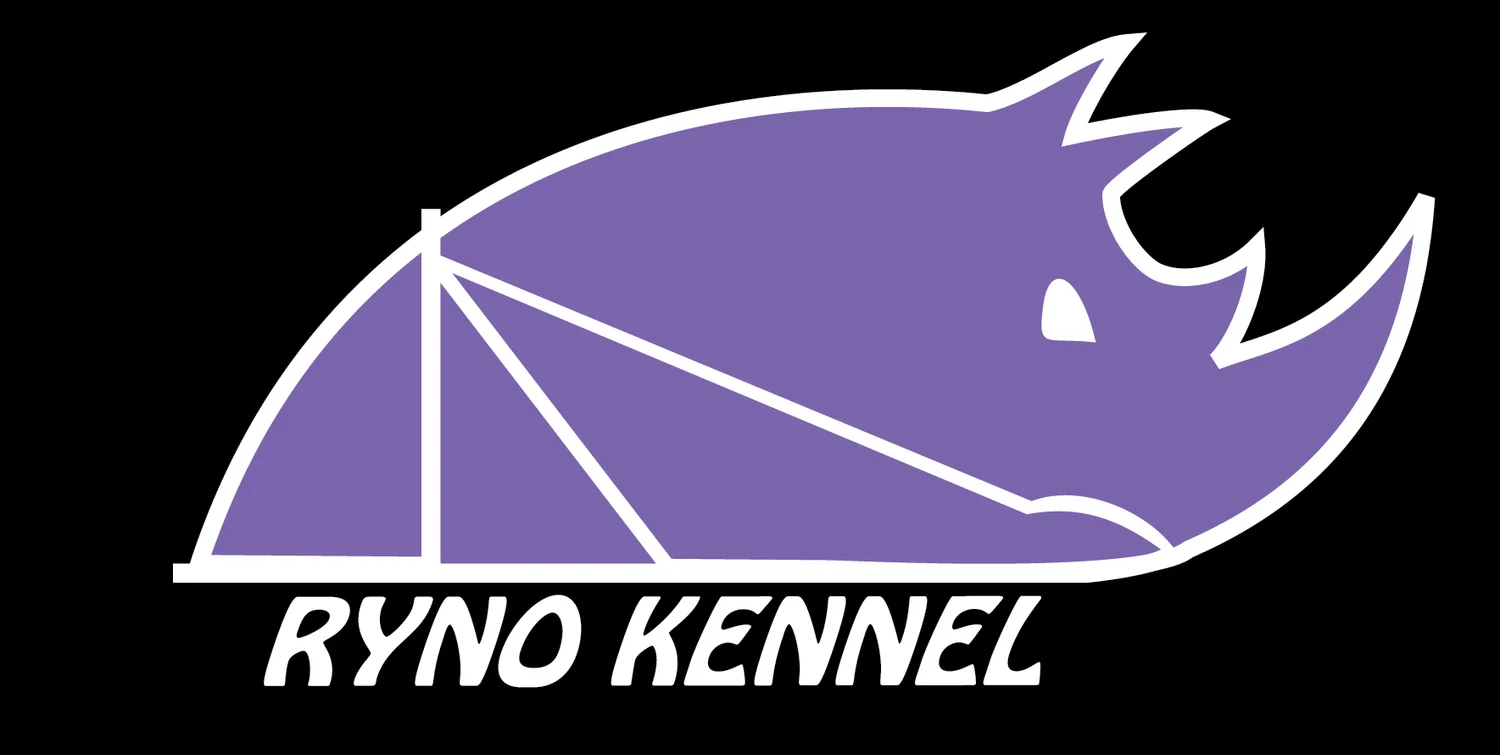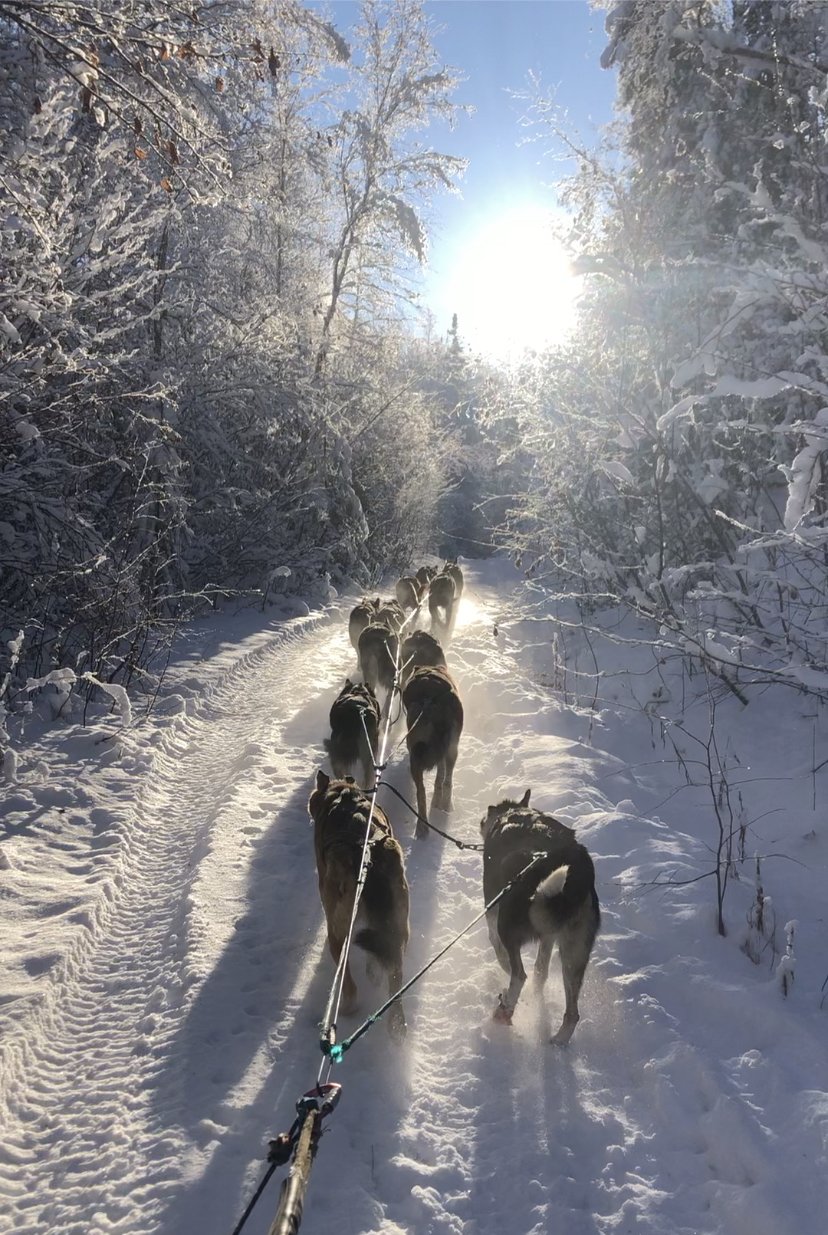Skijor Planning
/In many ways, it’s “winter as usual.” Training miles are increasing. We’re regularly doing the snow dance in the hopes of parking the ATVs for the winter and transitioning to sleds (nothing is colder than a several hour ATV run in negative temperatures). Wood stove smoke becomes a constant and comforting odor. Diesel trucks require a little extra TLC to coax them to wake up this time of year. The dogs are cocooned in beds of straw (except for Dwight or Havarti who prefer to yank it out of their houses and treat it like a toy). But this year, there’s a new adventure to plan- our skijor trip!
It’s been really fun to change gears and ask a different set of questions. What gear will we need? What is a reasonable distance to travel in a day? Should we travel dogs, pulk sled, human or dogs, human, pulk sled? Which kind of pulk sleds are best? Should we have skins on our skis or jut wax? What kind of skis are best? How do we keep our feet warm? And the questions go on and on and on…
Luckily, we’re not reinventing the wheel. We reached out to experienced skijor travelers Emilie Entrikin and Laura Wright. Both have been EXCEPTIONALLY helpful and shared their knowledge. We’re now narrowing down a list of gear to test out. Laura even keyed us in to dehydrated dog food! I’ve never heard of that before. When traveling with a big team, dehydrated dog food doesn’t make much sense, but when only two dogs are pulling a sled, it might be worth experimenting.
My favorite part of the planning is trying out the dogs. Some dogs have excelled- Muenster, Wingman, Elmer, Thresher, Fox, Dolly, Cooke.
Some have done well with a partner- Yoshi and Faff.
And some have been…um…well.. a failure. One of the biggest surprise failures was Etta! Typically a strong leader can make the jump from leading a team to leading a bike; however, Etta was not one of those dogs. She’s one of the strongest leaders in the entire kennel and single-led through a snowstorm from Nikolai to McGrath, yet something about running in front of a bike- Etta said a hard NO. I even let her loose and tried to have her just jog along with us. NOPE. Etta laid down in the saplings, and I had to walk home with her.
Muenster, on the other hand, has been exceptional! He was partnered with Yoshi for a 20-mile bikejor. He passed teams head-on, overtook teams twice, and pulled my out-of-shape self up Jenny M hill without looking back once. I was so impressed. Last year, when Muesnter was a yearling, he never stood out as a potential leader. This year, Fox and Muenster are some of the strongest two-year-old leaders!
In addition to being comfortable pulling a bike (or person on skis) it’s important that the dog also has great recall. There’s a good chance that one or two dogs will run loose (or on steep downhills they will definitely be loose), so good recall is a must. This unfortunately rules out dogs like Tobin (amazing leader and would probably do great. Instant recall, subpar).
With 3.5 months remaining before the trip (during which time we have two big races- Copper Basin and Quest 550), the skijor teams are by no means set in stone. We’ll keep experimenting with dogs and gear until we get it dialed in!
Unrelated to skijor planning, but fun photos from the past week!
Dino Dwight loves his AlaSkins treats!
















































